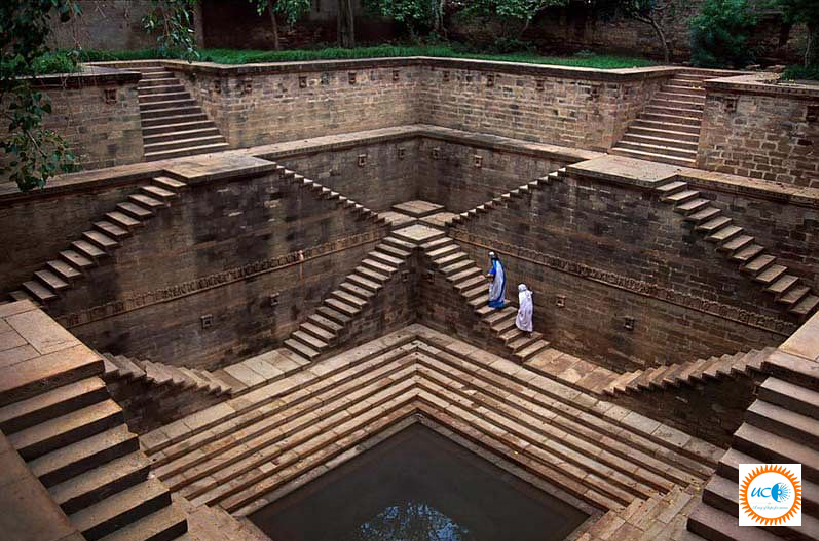Ancient India shows a distinct development of a rich regional variety of water structures. Illustrate.
Ancient India has a great history of water conservation and water governance. A variety of water structures were developed per the local ecological assessment by the community or the kings, which helped immensely in agricultural prosperity. WaterconservationduringHarappaCivilizationwasregardedasthehallmarkindrainageandwater management system. The archaeological remains show ecologically sensitive water structures like canals in Mohenjedaro, Wells in Harappa and tanks/drains in Dholavira. Inscription in South India from 1000 years ago connected to water conservation in temples at places like kovilpatti and manakovilattesta few aspects for the resources of the water management system. In the case of Sudarshan Lake in the arid region of Gujarat, the construction and maintenance were done by the kings for centuries. In ancient Kalinga, the canal water supply system was used. Nanda king had built a canal that Kharvela extended to the capital city of Kalinganagara in the first century BCE. In Shringverpura, the gravity and overflow system of water was used from the Ganga river for natural filtration and purification of water before the drinking water supply. Karikal (Chola king), who built the grand anaicut across river Kaveri, is known for effective conservation and distribution of water. While in the Pandya empire, water conservation was the local affair and the entire community, through the elected temple Mahasabha, managed it. There were complex calculations on allocations by turns and hours of supply. Pallavas constructed lakes across their kingdom and named the lake after them. Some of the man-made lakes are Chithiramega, Thadagm and Vairamega. Ancient rulers appointed guards to stop people from polluting and created a corpus fund to maintain the water body. Ecologically sensitive traditional water structures – kul, jhalara, aharpynes, johads and eri in various regions like Rajasthan, Bihar, Odisha, Tamil Nadu stand testimony to water conservation intelligence of local traditional communities today.







